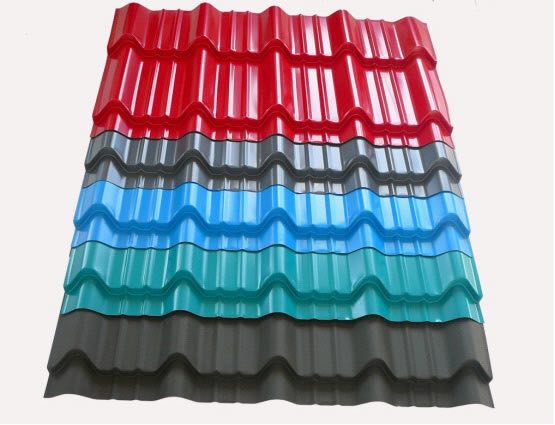
The Evolution and Importance of Solar PV Mounting Structure Roll Forming
In recent years, the global shift towards renewable energy sources has accelerated the growth of solar power installations. Central to the efficiency and durability of solar panels is the mounting structure, which provides the necessary support to maximize energy generation. One of the crucial processes in manufacturing these mounting structures is roll forming, a technique that shapes continuous strips of metal into desired profiles.
Understanding Roll Forming
Roll forming is a metal forming process that involves feeding a strip of metal through a series of rollers, gradually shaping it into a specific cross-section. Unlike conventional methods like stamping or bending, roll forming provides consistency, precision, and minimal waste. This makes it an ideal choice for producing solar PV mounting structures, as these components require both strength and lightweight properties to support solar panels effectively, while also being cost-efficient.
Benefits of Customized Roll Forming for Solar Mounts
Solar PV mounting structures come in various designs to cater to different installation environments, such as rooftops, ground mounts, and solar farms. Customized roll forming allows manufacturers to create tailored solutions that meet specific project requirements. The flexibility of roll forming means that manufacturers can produce unique shapes and sizes to fit the diverse needs of solar installations. This is particularly advantageous in an industry where standardized solutions often fall short due to variable site conditions and mounting requirements.

Additionally, roll forming enables the use of high-strength materials which enhance the durability of the mounting structure. With the growing interest in solar energy, high-performance materials such as galvanized steel and aluminum alloys are increasingly utilized. These materials not only provide longevity and resistance to the elements but also help reduce the overall weight of the mounting systems, facilitating easier installation.
Environmental Considerations
One of the significant advantages of using roll forming in the production of solar PV mounting structures is the reduced waste generated during manufacturing. The continuous nature of the roll forming process minimizes scrap material, making it an environmentally friendly option. Furthermore, as solar energy applications expand, the demand for sustainable manufacturing practices is becoming increasingly important. By adopting roll forming, manufacturers can align with global efforts towards reducing carbon footprints in the energy sector.
Conclusion
The role of solar PV mounting structure roll forming in the renewable energy sector cannot be overstated. As the industry continues to evolve, the need for efficient, durable, and customizable mounting solutions will only grow. Roll forming stands out as a pivotal manufacturing technique that not only meets these requirements but also contributes to a more sustainable future. By investing in advanced roll forming technologies and materials, manufacturers are better positioned to support the expanding solar market, ultimately playing a crucial part in the global transition towards clean energy sources. As we look ahead, the integration of innovation in roll forming processes will undoubtedly drive the performance and accessibility of solar PV installations worldwide.